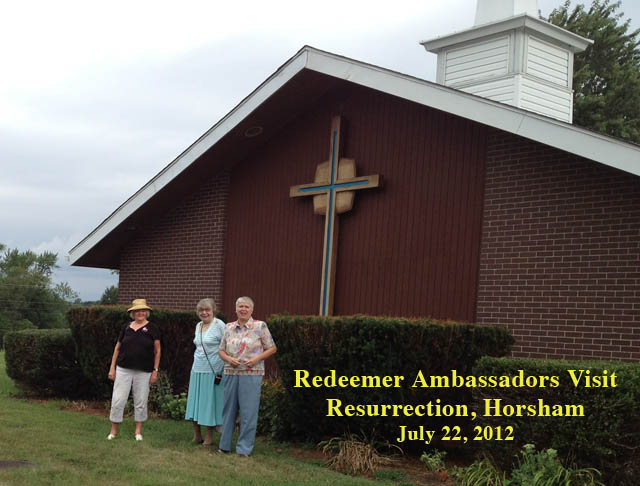 The Church: A Nice, Safe Place to Be
The Church: A Nice, Safe Place to Be
The New Testament is an exciting book. Something new and different happens chapter after chapter. Jesus comes to earth to bring love. His gift causes everyone he encounters to stretch their thinking and their behavior.
Jesus asks us point blank to sacrifice everything, to trust that our needs will be supplied. As in the Old Testament, the key players are asked to do the extraordinary, disregarding common sense and tradition. Jesus ministry culminates in orders. “Do this!”
This is the foundation that kickstarted the Church and brought us to where we are today.
But in the modern Church, 2000 years in the shaping and molding, this has changed. Church is now seen as the respite from life’s challenges.
We are the Church of Take No Chances.
Congregational leaders must be pillars of frugality. Decisions must be financially prudent. The Church must be a pleasant place where people can come and give offerings so that it will be a pleasant place for as many years as possible (not working well, by the way!). The orders given by Jesus have been internalized. Do this as long as you don’t make waves. Do this so you can support things as they are. Do this within the structure we expect of you.
We are now in the long season of Pentecost—the season of doing, of following through on the demands of our faith. We have listened to the life story of Jesus for about the 2000th time, beginning in Advent, taking a short break after the Epiphany, and seeing it through to the Crucifixion, Resurrection and Ascension. (Even the names of the festivals evoke the extraordinary.)
So we get to the long season of Pentecost and we don’t know what to do. Perhaps it is because in our culture it neatly coincides with the summer, our cultural “downtime.”
At times this season is called the Sundays after Trinity or the Sundays after Pentecost.
In the reforms of the 1970s the Roman Catholic Church began calling it “ordinary time.”
It’s time to put the extraordinary back into our religion. Pentecost shouldn’t end the church year and the celebration of Christ’s life. When it comes to the active Church, it should be a new beginning.









